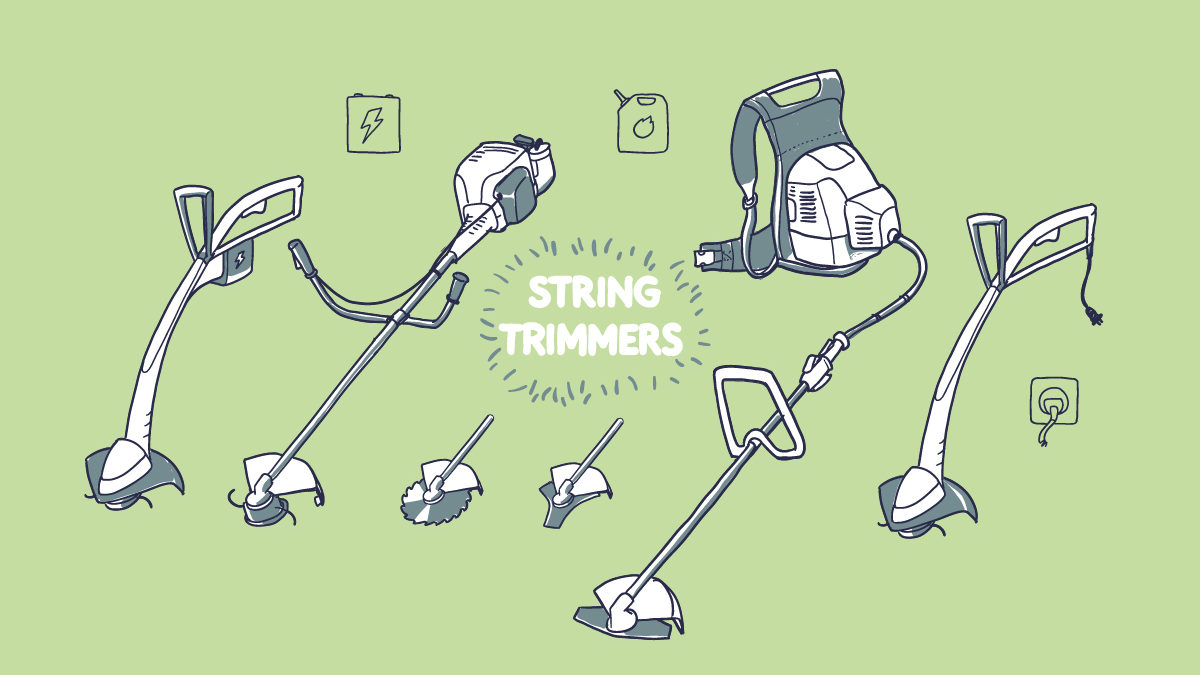String trimmers are one of the most essential tools in our shed when it comes to doing maintenance. They are our go-to when the yard needs a little bit of quick sprucing up, but they eventually need replacement. You could also just be on the market for an upgrade or first-time purchase. Whatever the case may be, with so many options out there what is the best one for you?
This guide is intended to point out some of the advantages and disadvantages of each type.
Gas, Electric, Battery: What’s the best power source?
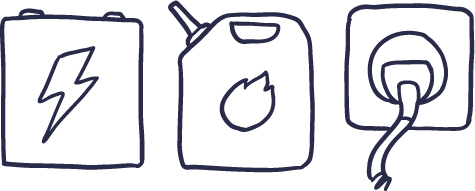
The short answer is, there is no power source that is better than the other: Your choice should be based on intended usage, working environment, and personal preference. Take some time to examine the pros and cons of each type of equipment. Gas power equipment tends to be heavier, noisier, and requires more overall maintenance. On the other hand, they have more power and no restriction when it comes to runtime.
Electric (corded) and battery equipment are very discreet, therefore practical for usage in a residential or near a public place such as schools and churches. With a backup battery, you could technically have the same amount of runtime when compared with gas equipment. Comparatively, corded equipment comes with many benefits associated with battery equipment minus the extra task of recharging.
Does Brand Matter?
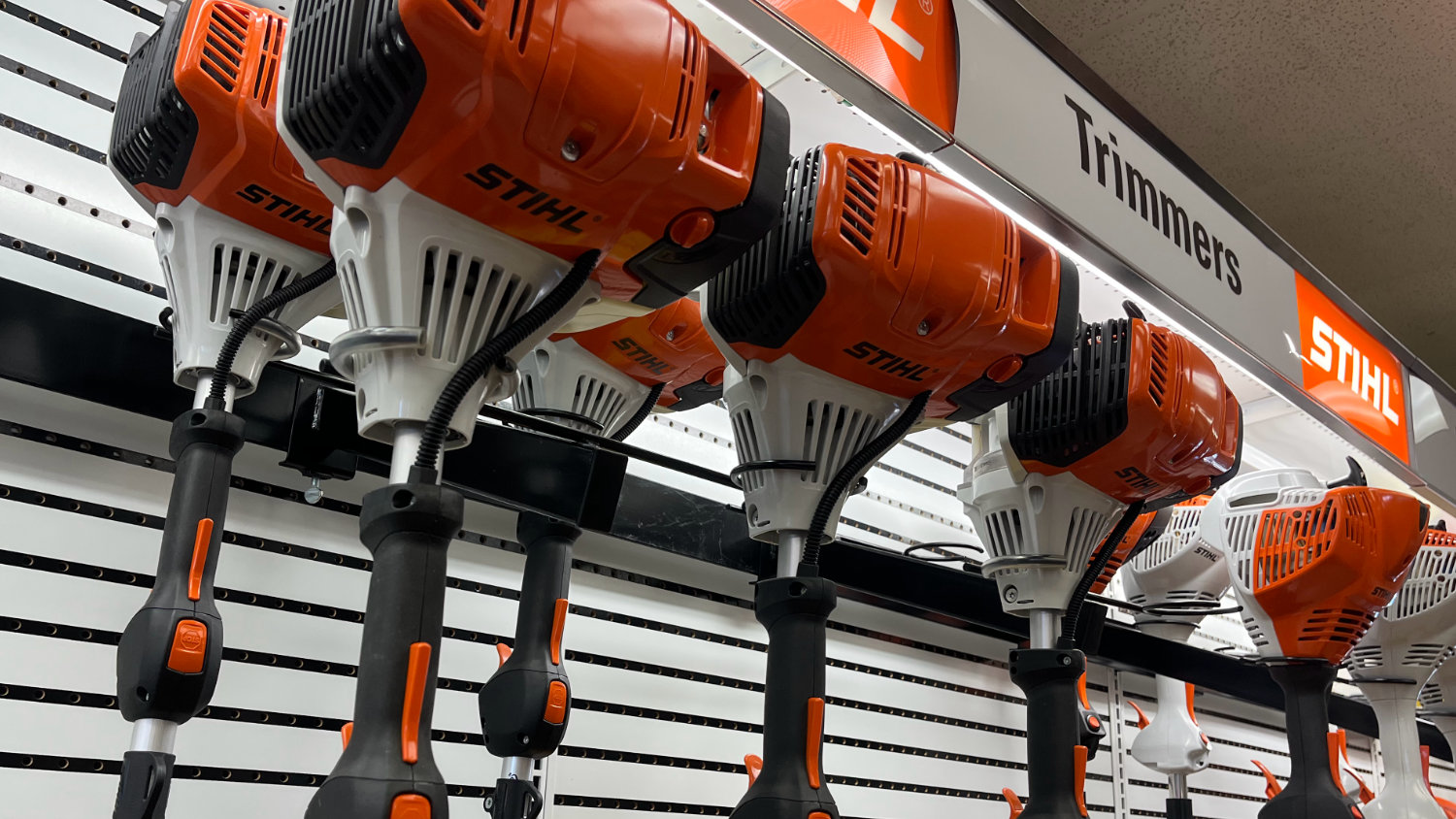
Compatibility
Depending on how you plan to use your weed eater, the brand will play a key role. Ultimately, two things to consider are quality and cross-compatibility with other equipment. Some companies design their tools to only use parts inclusive of their brands. Simply put, you would be in a long-term commitment the minute you decided to purchase your first piece of equipment.
Interactable parts such as attachments are only compatible with their line of products. Furthermore, warranties can become void if you decide to use parts from their competitors.
Cost
Not all brands are equal! Sometimes, paying the extra money to go with a well-known brand could save you in the long term. Cheaper products generally have a shorter lifespan, bad customer support, and low resale value. These equipment manufacturers often advertise their products as having the same power, at one-third the price of their competitors.
Nonetheless, a quick search online will reveal tons of bad reviews. Even when replaced under warranty, you may end up having to wait months for a replacement.
Why line diameter matters
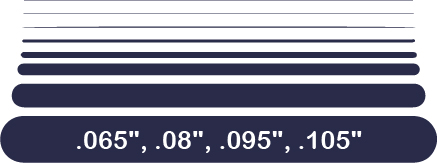
String trimmers come in many sizes (.065″, .08″, .095″, .105″ are the most common) for the purpose of tackling different size jobs. Therefore, the line diameter used is very important. A powerful commercial-grade engine with a smaller diameter line is less effective when cutting through weeds. At the same time, using a thicker diameter line than what’s recommended can do more harm to your residential equipment than good.
Thicker trimmer lines such as .105 are very durable but can cause engine strain on smaller trimmers with less power. Furthermore, they would be overkill for cutting low grass on your lawn. In this case, using a smaller line diameter such as .08 would be just as effective.
Do I need attachments?
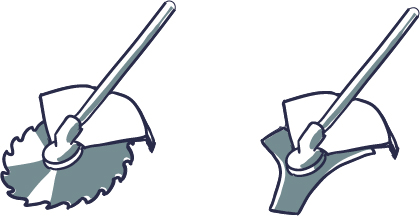
Most manufacturers produce a separate line of weed eaters that are attachment capable. This means that you can interchange your regular trimmer head with different attachments e.g. blades, sweepers, cultivators, and blowers. Not only does it give you the versatility of having more tools in a smaller space but can save you financially in the long run. On the negative side, having to stop your workflow to switch between attachments becomes tiresome after a while.
If you need to save space and don’t mind switching between attachments, then a split shaft is the way to go. However, a dedicated trimmer is just as good for general weed eating. There is no downtime for changing attachments or running back to the shed because you forgot an attachment.
Difference between loop and bike handle weed eaters
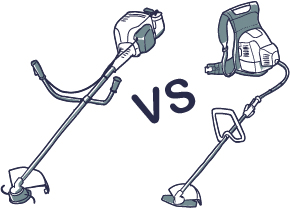
During your recent trip to the general hardware store, you may have noticed an odd-looking handle on a weed eater. Have you ever wondered why that is? Well, each type of handle works to the user’s advantage in different settings.
Loop handle trimmers offer better maneuverability, especially when dealing with sloops and other hard-to-reach places. These types of trimmers are designed for general use, so they can do the same job as a bike handle trimmer.
Bike handle trimmers have the advantage when it comes to working for extended periods. Firstly, a bike handle requires you to wear a harness or strap. Consequently, resulting in weight distribution from your arms to your upper body. The swinging motion allows for wider coverage, thus allowing more productivity. The handle on a bike handle is situated further away from the engine, resulting in less user fatigue.
Choosing the right weed eater may seem like a balancing act when weighing out the pros and cons. At the same time, it’s ok for you to take the time out to do a bit of research. Learning about the different types and features will help you make an informed decision.

